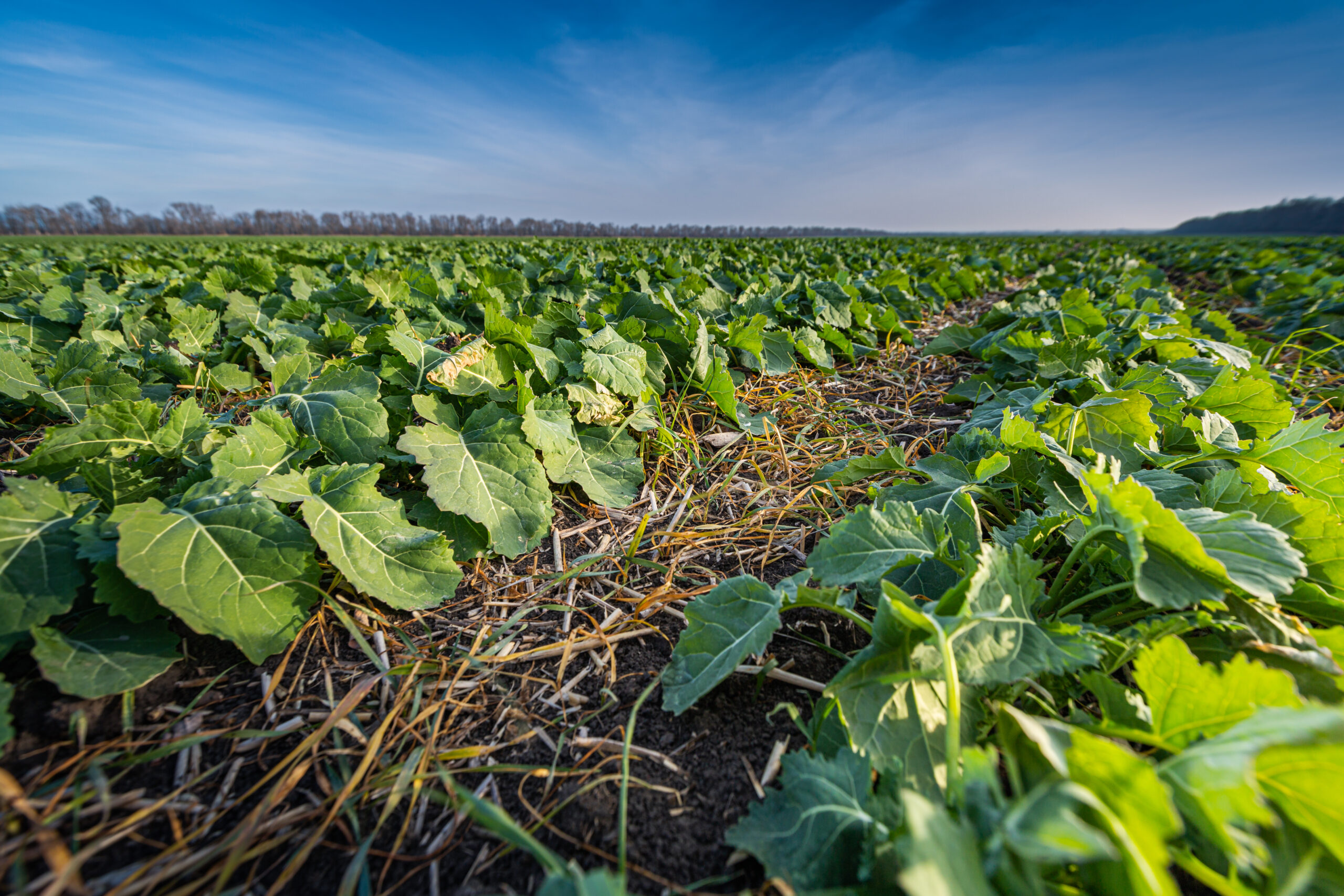
Growing Canola
Canola Info
How do farmers grow canola? It’s a process that starts before the seed is even planted. Here are the key steps.
Soil testing.
Farmland in Western Canada varies widely in its fertility. Before it is time to plant, farmers may send soil samples to testing labs to get a precise picture of soil nutrients. Based on this information, fertilizer is applied to ensure the soil is ideal for canola.
Crop rotation planning.
Farmers do not grow the same crop on the same field year after year. Doing so would lead to a buildup of diseases, insects and weeds that would devastate yield and quality over time. Farmers would grow canola in a given field in one year out of every three or four years. Cereal and pulse crops would normally make up the rest of the crop rotation.
Seeding.
Farmers used to plow their fields (also known as tillage) before planting crops. Now, there’s a better way. Canola is typically planted without disturbing the soil – this is known as no-till or zero-till seeding. The seed is placed in the soil through the stubble of the previous year’s crop. This seeding technique prevents soil erosion, keeps carbon in the soil and conserves water so the crop can grow well. No-till or zero-till seeding is one reason that both canola yields and soil health are greater than they used to be. With the right fertility, soil temperature and moisture, the seed soon germinates into a young plant that emerges above ground.
Growth stages.
Here you can see the stages of canola growth – from emergence in the spring through harvest in late-summer. Each stage requires a different kind of management by the farmer.

Spraying.
Weeds, insects and diseases can reduce canola yields significantly, which would increase the price of canola products (oil and meal) for consumers and industry. Timely application of the minimum amount of spray for effective control – and only when needed – protects this important crop.
Scouting.
Canola growers keep a careful watch on their crops throughout the growing season – walking their fields and scouting in advance for any emerging threats that can harm the crop. This is also key to knowing when to harvest.
Desiccation.
A canola crop needs to stop growing before it can be harvested. A late-summer or early-fall frost will do this. Otherwise, farmers can apply a spray to desiccate (or dry down) the crop to preserve its quality and make harvest smoother.
Harvest.
On average, depending on growing conditions, canola is ready to be harvested about 100 days after planting. How the crop is cut from the field has a lot to do with its yield and quality. Using an implement called a swather, farmers can cut the crop, lay it in a long pile on the field, then return later and pick it up with a combine. They can also cut and combine in the same operation, a technique known as direct cutting or direct combining. Choosing which method to use depends on the condition of the crop as well as field conditions at harvest time.
Post-harvest.
The harvested canola seed is delivered to a grain elevator, graded for quality and then shipped to a canola crushing plant. The harvested crop could also be held by the farmer in their on-farm storage, to be sold later.
